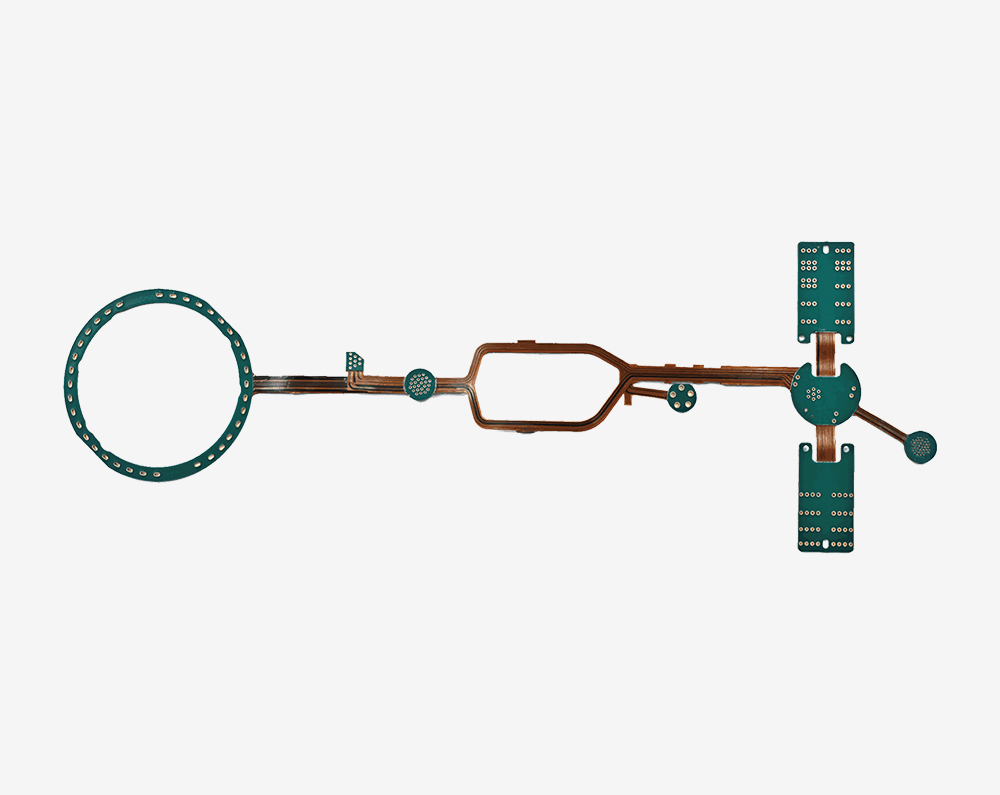Time:2023-08-28Views:
There are significant differences in the usage scenarios, products, performance, materials, areas, and other aspects of PCB boards, resulting in significant changes in the types of components used, the thickness of connecting wires, and the density of wiring. So, what factors need to be considered when selecting PCB boards?
1. For general electronic products, use FR4 epoxy glass fiber substrate; For use with high ambient temperatures or flexible circuit boards, polyimide glass fiber substrates are used; For high-frequency boards, polytetrafluoroethylene glass fiber substrate needs to be used; For electronic products with high heat dissipation requirements, metal substrates should be used.
2. Plates with higher glass transition temperature (Tg) should be appropriately selected, and the Tg value should be higher than the circuit operating temperature.
3. Low coefficient of thermal expansion (CTE) is required for the board.
4. High heat resistance of the board is required. Generally, PCBs are required to have a heat resistance of 250 ℃/50S.
5. Require good flatness of the board.
6. In terms of electrical performance, for high-frequency circuit boards, it is required to choose materials with high dielectric constant and low dielectric loss, including insulation resistance, voltage resistance, and arc resistance, which must meet product requirements.


